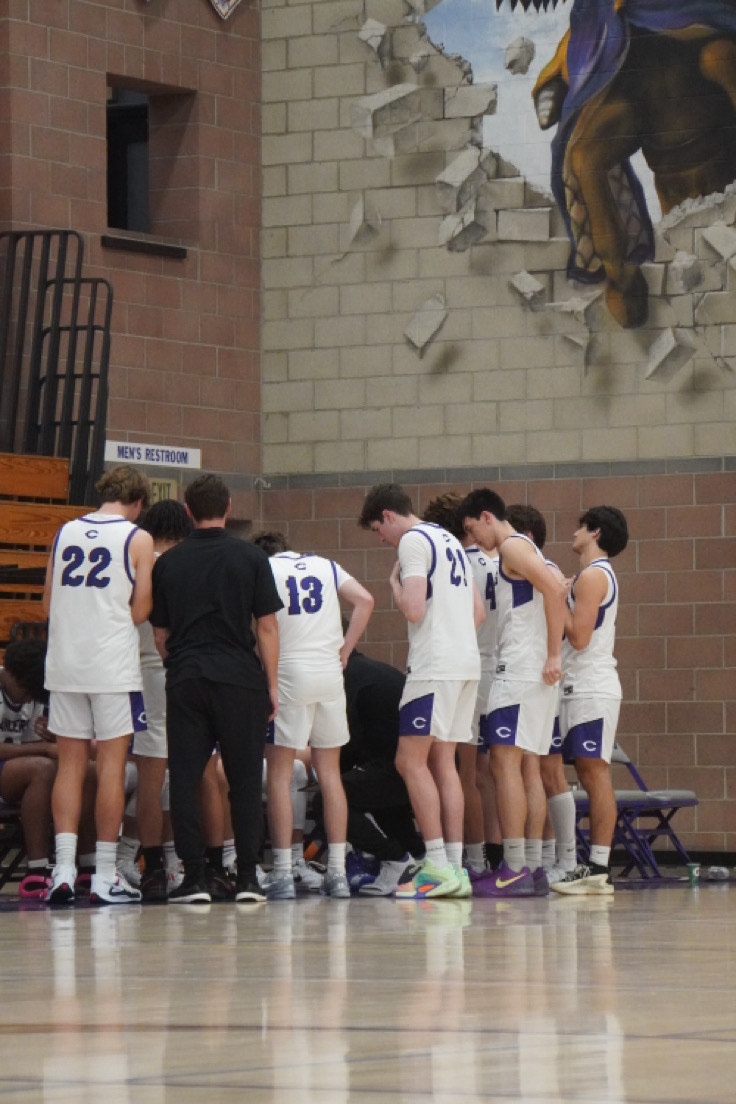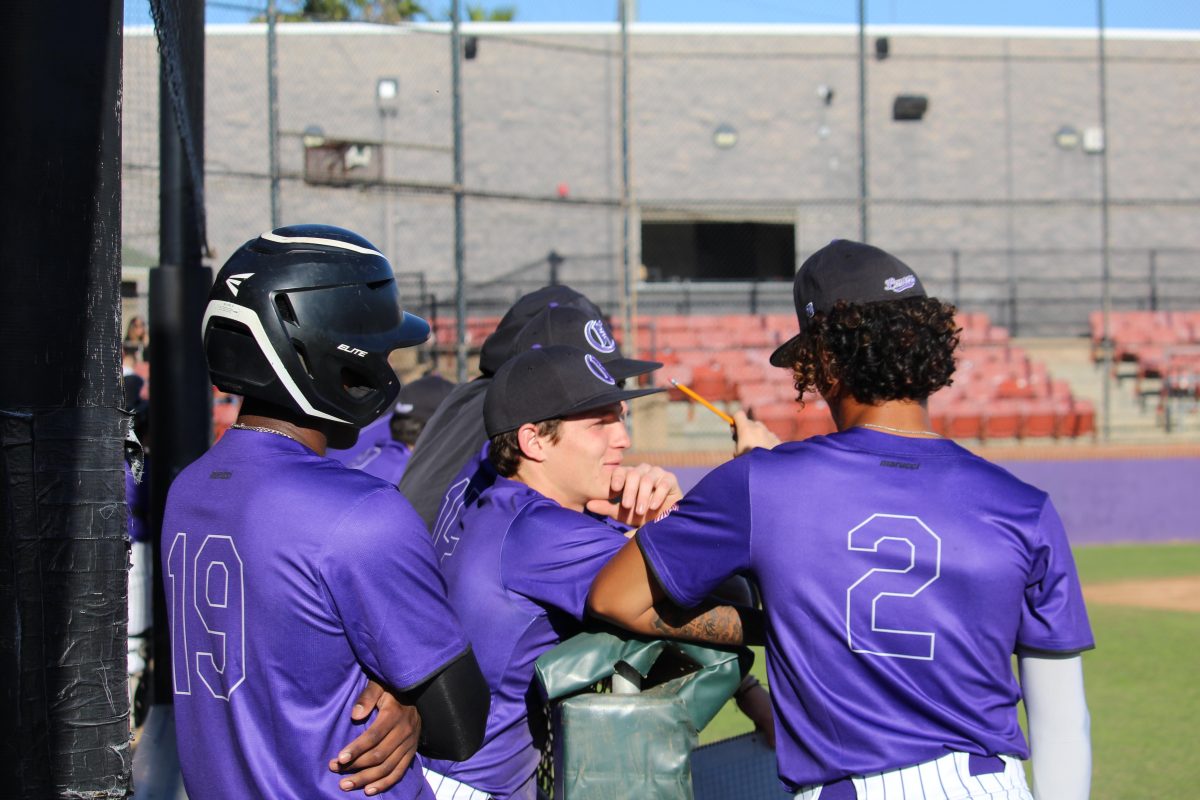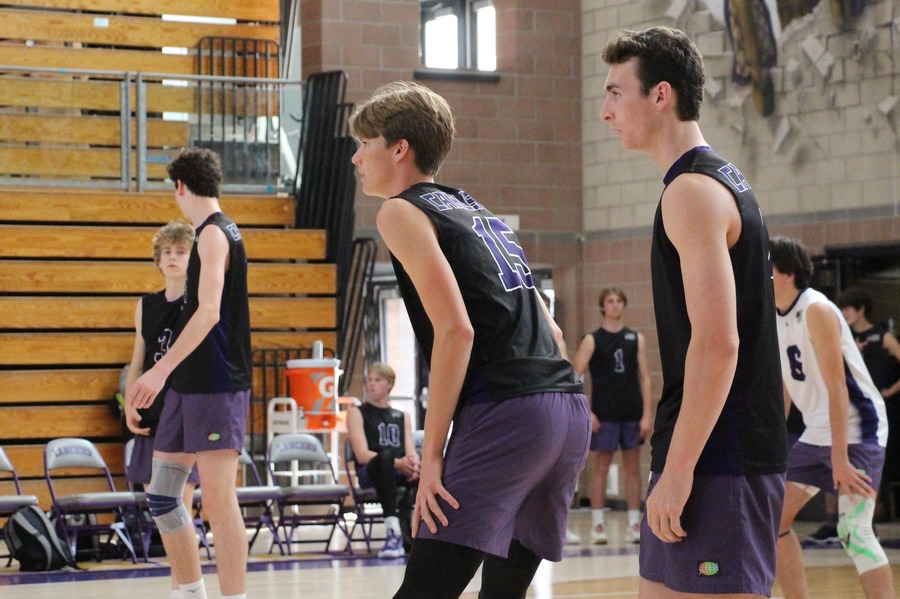He pushes himself forward, propelling himself onwards to the next tiny handhold positioned inside the vast wall of colorful plastic grips. His hand grasps the cool, rigid material of the hold, using the textured bumps to get a good grip before launching himself farther towards the finish line that awaits him above.
Freshman Camden May has been practicing rock climbing for the past four years. His past experiences in other similar sports helped him to progress easily and make a new hobby of it.
“I go to climb once a week, twice a week,” May said. “I go to the gym, I hang out with my friends, and we climb.”
Although many athletes sign up for sports based on their interests and skills, finding rock climbing was a lucky coincidence for May. After practicing gymnastics for a few years, climbing was a similar activity that he picked up quickly.
“In 2018, we bought a Groupon for the family to try the climbing gym for a month,” May’s mother, Tia May, said. “We went several times and really enjoyed it. While there, we learned about the climbing team for kids and Camden decided he wanted to join.”
Every sport is different, which means every athlete has different goals that they want to achieve to improve their skills. In climbing, athletes strive to complete objectives such as conquering a harder-level climb or mastering new styles.
“I want to climb a V-8, which is the hardest of the difficulty grading system,” May said. “There’s also a team called Class Five, they’re ranked nationally, so if I got on that it would be cool.”
Like any sport, climbing comes with its own struggles and challenges. Athletes in rock climbing must learn to persevere through the mental barriers that come with pushing through difficult climbs and going out of their comfort zones to reach their goals.
“It’s kinda hard to convince yourself to fully commit to something when you’re ten feet off the ground, and the only thing to catch your fall is a mat,” May said.
Unlike other sports, there are a lot of different ways to climb. There is a diverse catalog of different styles and competitions to choose from, making it a very personal sport that features special climbing techniques to suit each individual’s skills.
“Harness climbing is where you have a harness to catch you if you fall, the moves in the climbs are easier but the climbs are way longer, so it’s a game of stamina,” May said. “Bouldering is climbs that are about fifteen to twenty feet tall. The moves are a lot harder and more technical but it’s shorter, and you don’t have a harness to catch you.”
Thanks to the various styles and climbing techniques, the rock climbing community is a very diverse group. Athletes of all ages and backgrounds come together to practice the sport and engage in competitions together.
“It’s people of all ages,” May said. “I have seen regulars that are seven and some that are seventy.”
Many agree that climbing fosters an amiable environment. Even while in competition, athletes support and help push each other to succeed and grow to become better climbers.
“When it comes to the environment and people, climbing is one of the best sports,” freshman Peter Margileth said. “Everyone is always supportive and willing to work together.”










